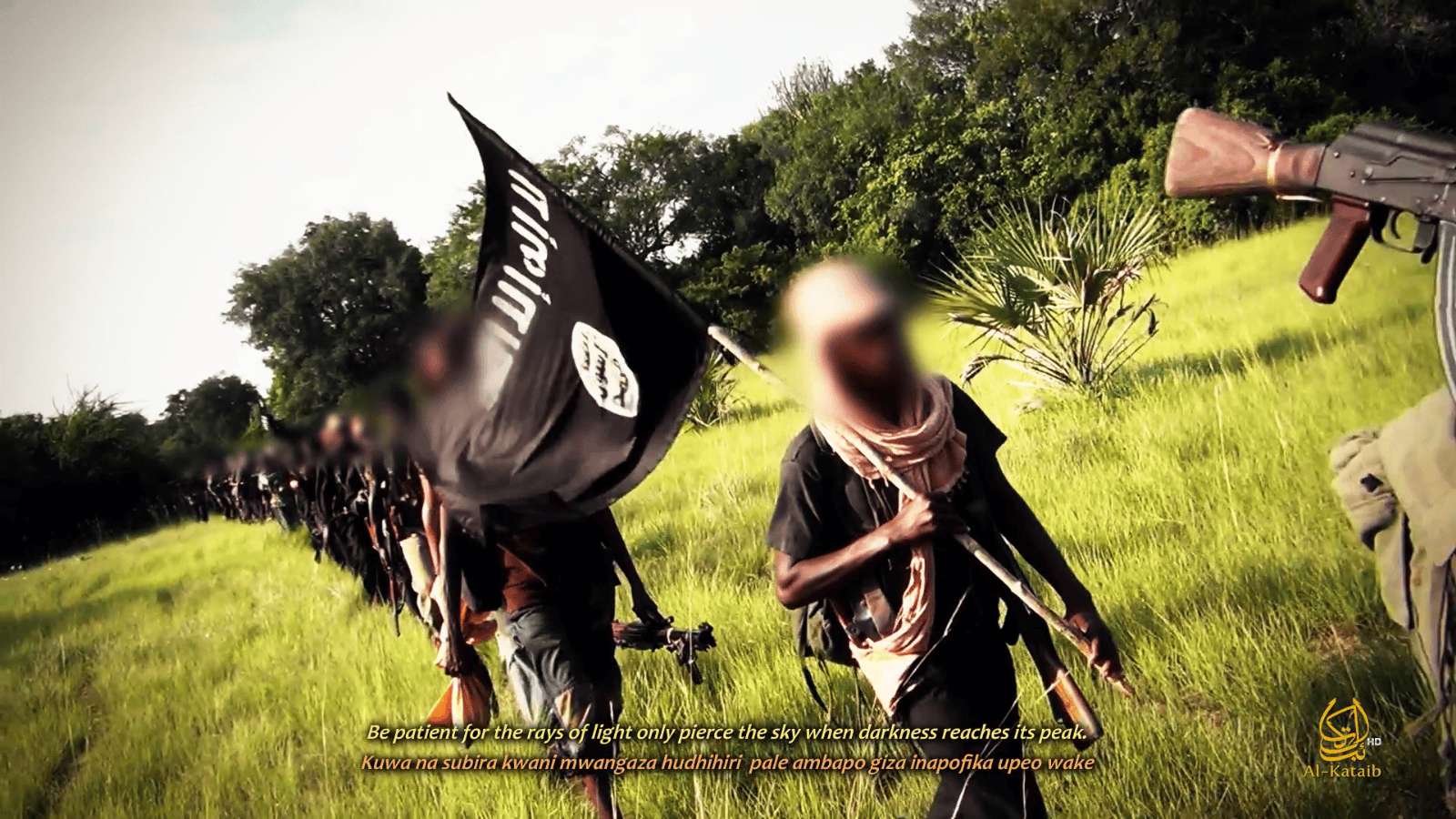
Shabaab strikes American, Italian forces in Somalia
No casualties were reported in either attack, however.

No casualties were reported in either attack, however.
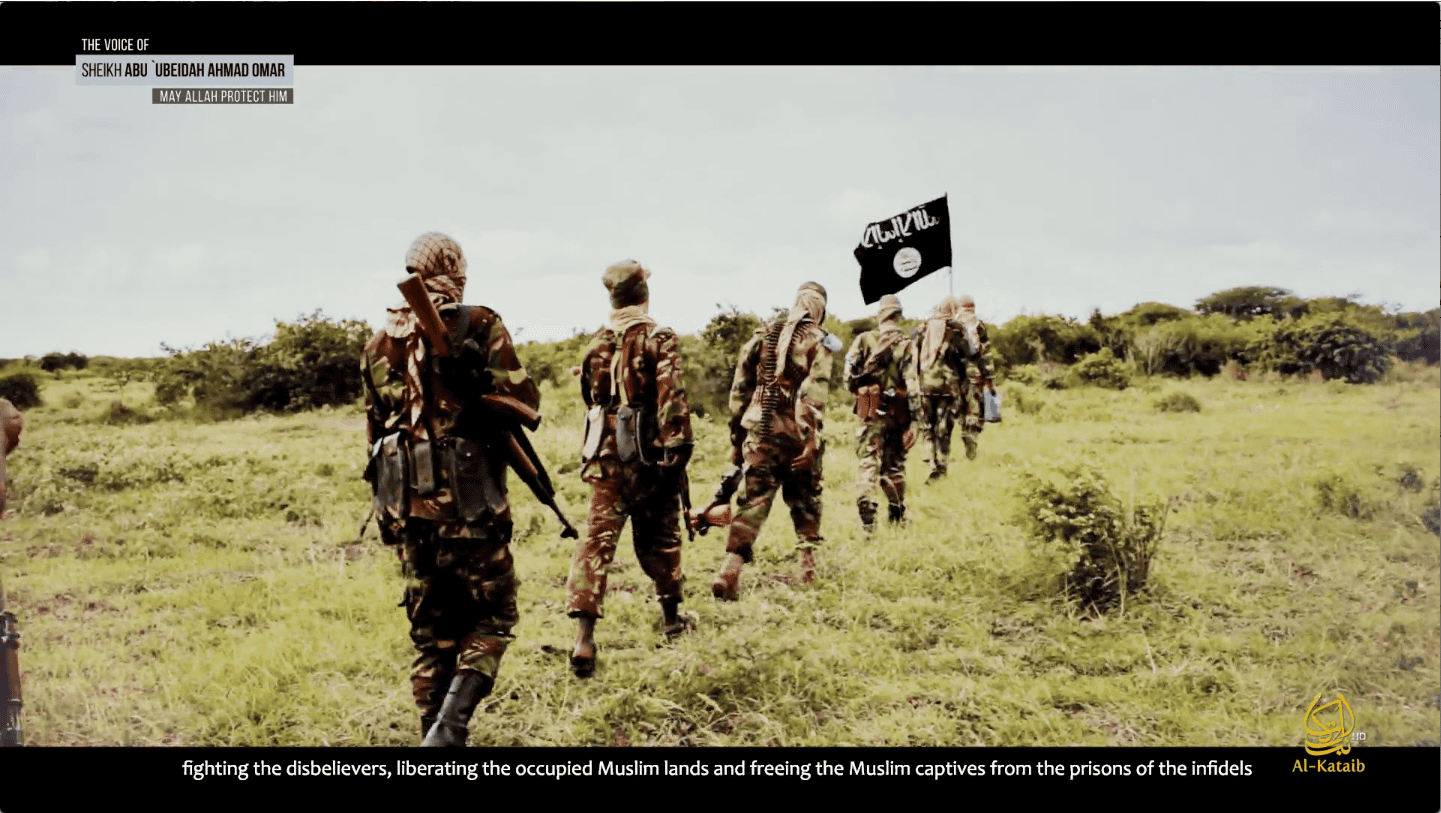
At least four other US Special Forces personnel, as well as a Somali special forces soldier, were also wounded. The Special Forces soldiers were ambushed in an area that is a known Shabaab stronghold.
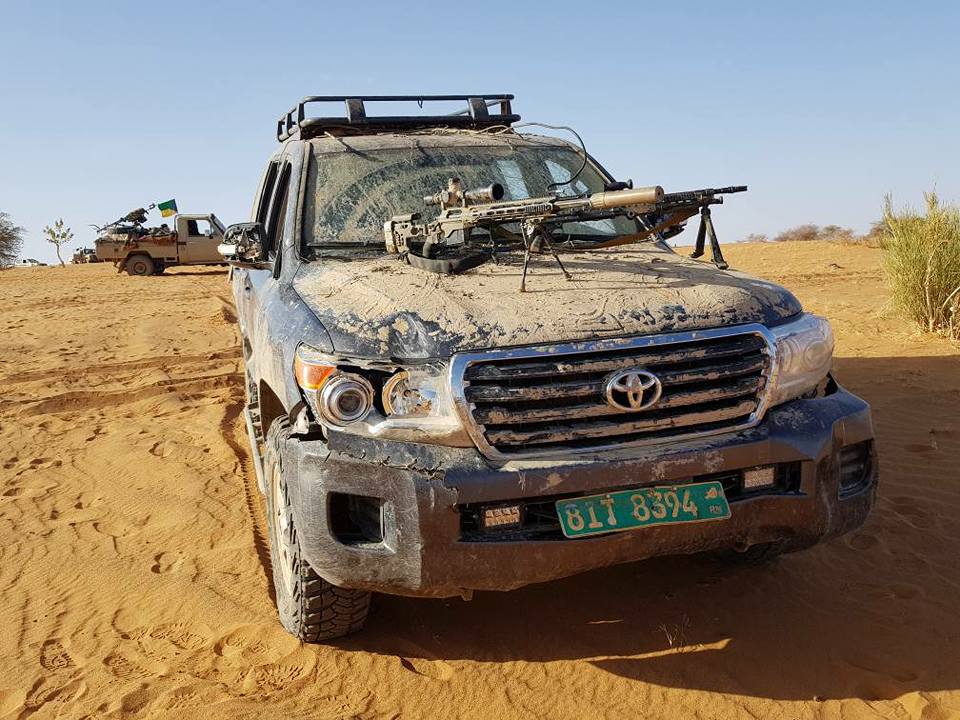
The Tuareg alliance says the vehicle, which was reportedly used by US troops in last October’s deadly ambush in Niger, was recovered after recent raids on Islamic State-loyal militants in northern Mali.
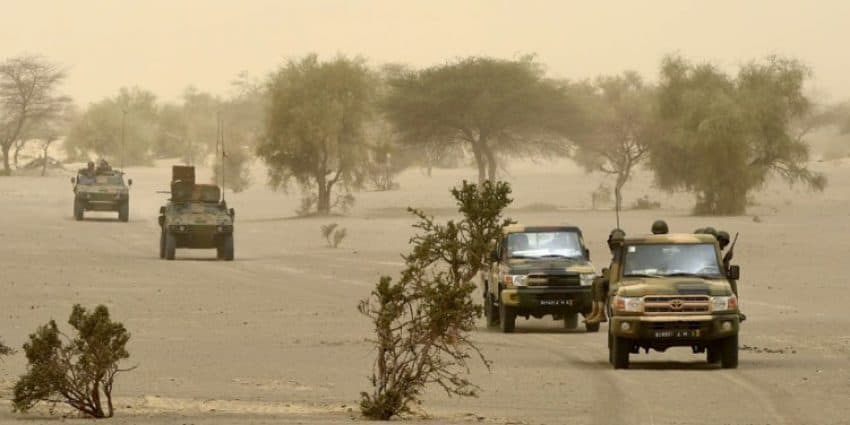
US AFRICOM has confirmed that three US Special Forces troops have been killed in an ambush near Mali. The three are the first American soldiers to die in combat in the country.
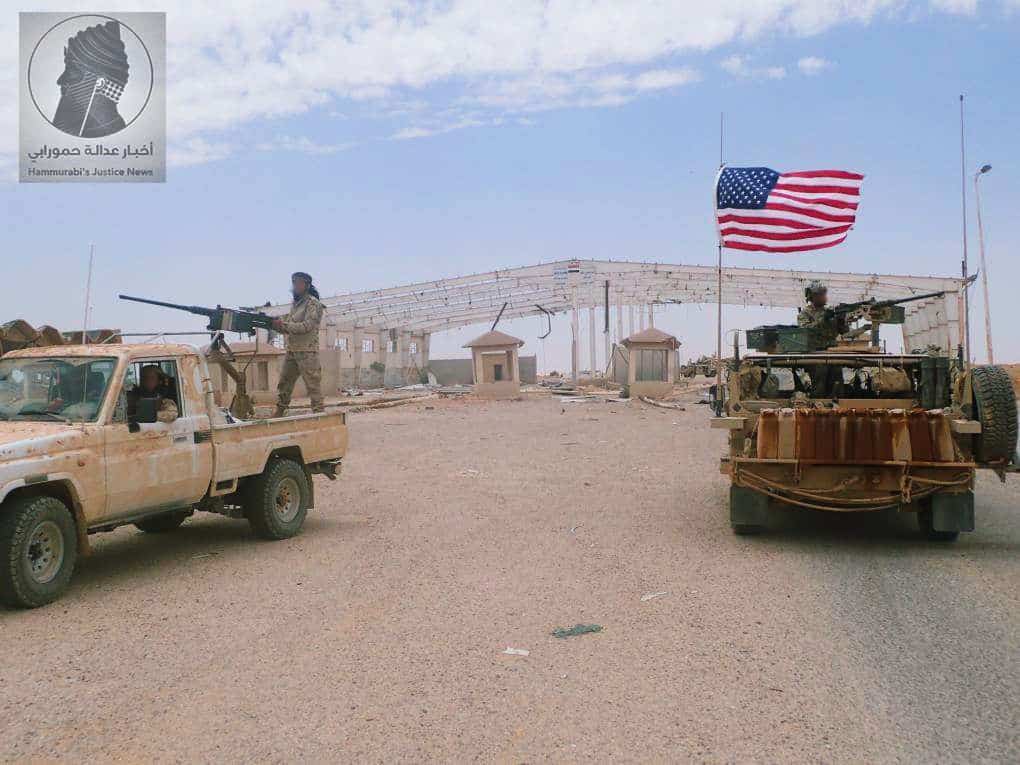
The photos and videos show the extent of the US presence in southern Syria near the border with Iraq. This comes as the Tanf area of southeastern Syria has largely become a flash-point between US and Iranian-controlled forces.
Khamenei: Iran will never give up its nuclear program